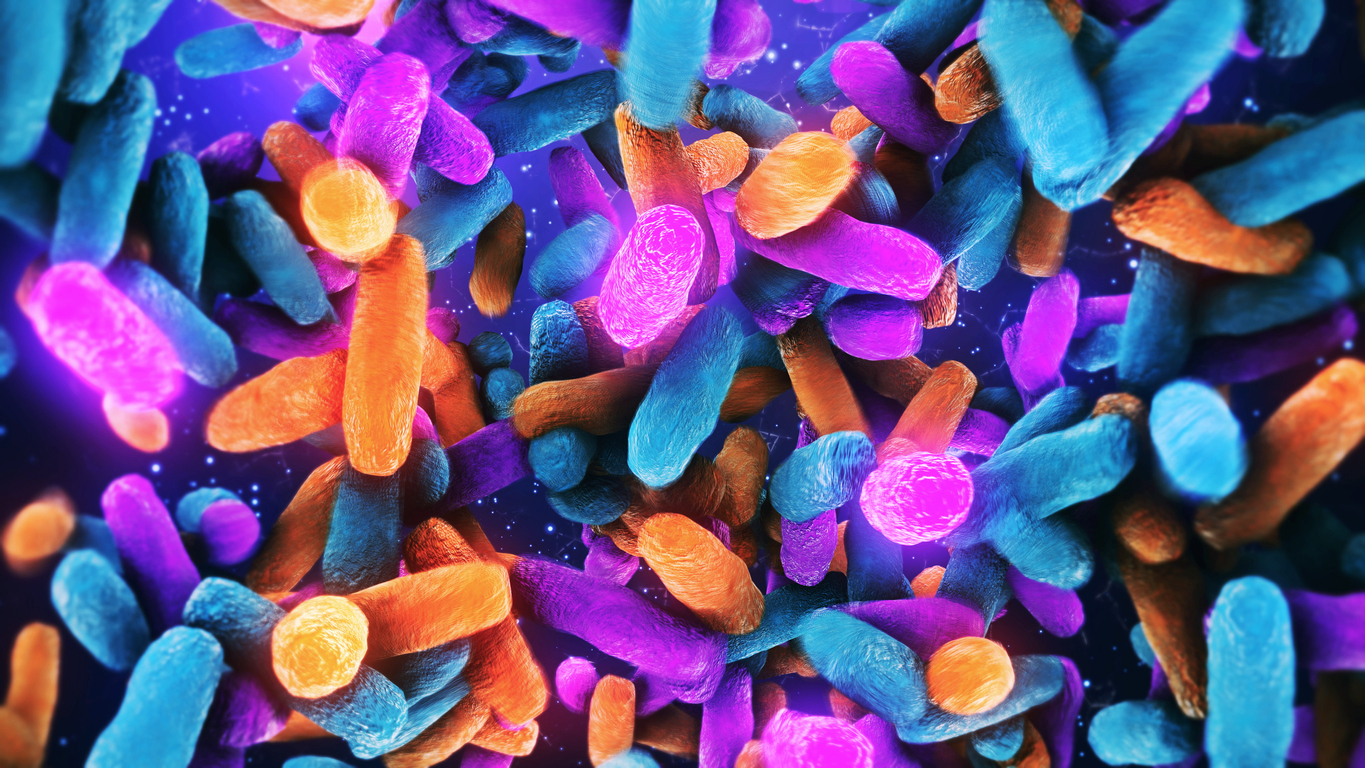To date, CRISPR enzymes have been used to edit the genomes of one type of cell at a time: They cut, delete, or add genes to a specific kind of cell within a tissue or organ, for example, or to one kind of microbe growing in isolation in a test tube.
Now, a team led by Jennifer Doudna and Jillian Banfield – the UC Berkeley scientists who invented the CRISPR-Cas9 genome editing technology and pioneered metagenomics, respectively – has found a way to add or modify specific genes within a microbial community of many different species simultaneously, opening the door to what could be called “community editing.” The technique is described in Nature Microbiology.
While this technology is still exclusively applied in lab settings, it could be used both to edit and to track edited microbes within a natural community, such as in the gut or on the roots of a plant, where thousands of different microbes congregate. Such tracking becomes necessary as scientists talk about genetically altering microbial populations: inserting genes into microbes in the gut to fix digestive problems, for example, or altering the microbial environment of crops to make them more resilient to pests or drought.
“Eventually, we may be able to eliminate genes that cause sickness in your gut bacteria or make plants more efficient by engineering their microbial partners,” said co-first author Brady Cress, a postdoctoral researcher in Jennifer Doudna’s lab. “But likely, before we do that, this approach will give us a better understanding of how microbes function within a community.”
Staff Scientist Adam Deutschbauer and Research Associate Trenton Owens, both members of the Environmental Genomics and Systems Biology (EGSB) Division and authors on the new paper, helped the UC Berkeley team develop an approach to determine which microbes in a community are actually susceptible to gene editing, an important first step toward the goal of community editing.
The new approach greatly extends the capabilities of a technique called random-barcode transposon site sequencing, or RB-TnSeq, which randomly makes mutations in a single bacterium’s genome and uses sequencing to determine which mutations confer a competitive advantage or disadvantage. RB-TnSeq was previously developed by Deutschbauer and EGSB colleague Adam Arkin.
“The new microbial community editing approach leverages CRISPR technology and enables the genetic modification of a specific gene within a specific bacterium,” said Deutschbauer.
Banfield, Doudna, and Deutschbauer are principal investigators on the Department of Energy-funded Microbial Community Analysis and Functional Evaluation in Soils (m-CAFEs) Scientific Focus Area, which supported the development of this new technique. m-CAFEs is developing the tools and knowledge necessary to understand microbial interactions in the soil environment surrounding plant roots.
“This really opens the door to investigating the roles of specific bacteria and their genes in mediating interactions with each other and with plants, including for microbes that we cannot currently cultivate in isolation in the laboratory,” said Deutschbauer.
This research was also supported by the National Institutes of Health.
This Science Snapshot was published on the Berkeley Lab News Center.




